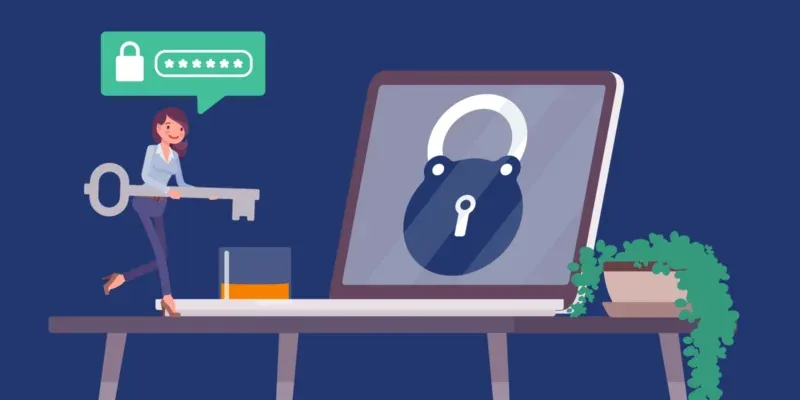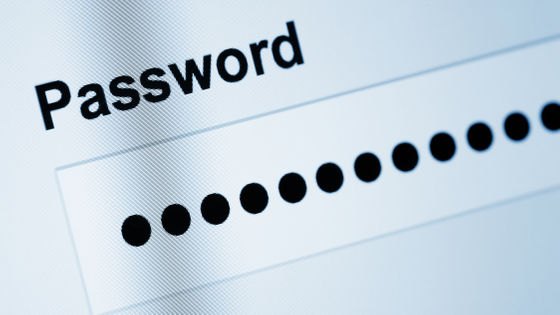In 2023, safeguarding your online accounts is crucial. With the increase in cyber threats, a reliable password manager can be your best defense.
This article will introduce you to the five top free password managers of this year, providing you with the essential tools to bolster your digital security.

Overview of Password Managers: Why They're Essential
Password managers are essential for several reasons:
- Complexity Management: You need strong, unique passwords for every account. Remembering them all is a pain. Password managers handle this for you.
- Reduce Risk: Using the same password everywhere makes you vulnerable. If one account gets hacked, all could be compromised. Password managers ensure every password is distinct.
- Secure Storage: These tools encrypt your password database with a master password. Remember the unique master password is the only thing you need.
- Auto-Fill: They automatically fill in your credentials, ensuring you don't fall for phishing attacks by entering your details on fake sites.
- Password Generation: They can generate random, high-strength passwords for you, further securing your accounts.
- Multi-Device Syncing: Access your passwords across devices, ensuring you always have the credentials you need.
- Digital Security: With rising cyber threats, having an additional layer of security is paramount.
Features to Look for in a Reliable Password Manager
When searching for a reliable password manager, you should consider the following features:
- Strong Encryption: Ensure it uses high-standard encryption like AES-256 to protect your data.
- Zero-Knowledge Architecture: The provider shouldn't have access to your data. Only you should know your master password.
- Password Generator: It should offer a tool to create strong, random passwords.
- Cross-Platform Support: The manager should be accessible across different devices and operating systems.
- Two-Factor Authentication: An added layer of security where, besides your master password, another authentication method is required.
- Secure Sharing: Ability to safely share select passwords with trusted individuals.
- Password Audit: A feature to evaluate and report the strength of your passwords, prompting you to change weak ones.
- Auto-Fill and Auto-Capture: Automatically fill login details and capture new login credentials as you use them.
- Backup and Recovery: Options to backup your password vault and recover it if needed.
- User-Friendly Interface: Easy to navigate and use, ensuring you can manage passwords without hassle.
How to Properly Set Up and Use a Password Manager
Setting up and using a password manager begins by selecting a reputable one, ideally from a known provider. Once downloaded and installed, the first step is to create a strong master password.
This master password is crucial as it's the key to all your stored passwords, so ensure it's complex and unique. Once inside the password manager, you can add your existing accounts and passwords.
As you visit sites and log in, the password manager will typically ask if you want to save or update the credentials for that site. Make sure to use the password manager's built-in password generator.
For added security, regularly review and update your stored passwords, and always enable two-factor authentication if the manager offers it. Over time, it will become an integral part of your online activity.

Comparison of the Top Five Free Password Managers
As of 2023, the top five free password managers based on their features, security, and user reviews are:
1. Bitwarden (https://bitwarden.com/download/)
- Key Features: Open-source, end-to-end encryption, self-hosting option.
- Platform: Cross-platform (Windows, macOS, Linux, iOS, Android, Web).
- Unique Strength: Offers the choice between cloud-hosted and self-hosted options.
2. LastPass (https://www.lastpass.com/)
- Key Features: Unlimited password storage, automatic password capture, password sharing.
- Platform: Cross-platform (Windows, macOS, iOS, Android, Web).
- Unique Strength: Intuitive interface with a security dashboard that provides a holistic view of your password health.
3. NordPass (https://nordpass.com/)
- Key Features: Secure notes, password health checker, secure password sharing.
- Platform: Cross-platform (Windows, macOS, iOS, Android).
- Unique Strength: Developed by NordVPN, ensuring advanced encryption and security.
4. KeePass (https://keepass.com/)
- Key Features: Offline password management, plugins for extended functionality, strong encryption.
- Platform: Primarily Windows (with third-party ports for macOS, Linux, iOS, Android).
- Unique Strength: Complete user control with an offline database and a plethora of plugins.
5. Dashlane (https://www.dashlane.com/)
- Key Features: Security alerts, password health report, VPN (in paid version).
- Platform: Cross-platform (Windows, macOS, iOS, Android).
- Unique Strength: Inbuilt VPN for added online privacy (though limited to premium plans).
Comparison
Here's a concise comparison of the key features of the top five free password managers:
- Security: All provide strong encryption standards, with Bitwarden and KeePass standing out for their open-source nature.
- Platform Availability: LastPass and Dashlane have the widest cross-platform support. KeePass, while versatile, often relies on third-party ports for non-Windows platforms.
- Features: While all offer core password management, LastPass and Dashlane tend to provide more additional features like password health checks and security breach alerts.
- Usability: LastPass and Dashlane are noted for their user-friendly interfaces. KeePass, being more technical, might have a steeper learning curve for some.
- Pricing: All have robust free versions, but advanced features like Dashlane's VPN or Bitwarden's self-hosting might require premium plans.
Risks of Not Using a Password Manager in 2023
Not using a password manager in 2023 exposes you to several risks. Without it, you're more likely to reuse passwords across multiple accounts, making it easier for attackers to gain access.
You might also resort to simpler passwords, which are more susceptible to brute-force attacks. Remembering various passwords might lead you to write them down or save them in insecure places.
With the increase in cyberattacks, you also risk being a victim of phishing attempts, where not having a password manager means you could inadvertently enter credentials into fake sites.
Lastly, without automated breach notifications, you remain unaware if your data is part of a public leak, delaying essential protective actions.
Conclusion
Password managers are essential tools in today's digital age. They streamline the process of managing multiple strong passwords, providing users with both convenience and heightened security.
By offering features like strong encryption, password generation, and secure storage, they reduce vulnerabilities associated with human error, such as using weak or duplicated passwords.
It's clear from our discussion that a well-chosen and properly used password manager can significantly enhance one's digital security profile.







